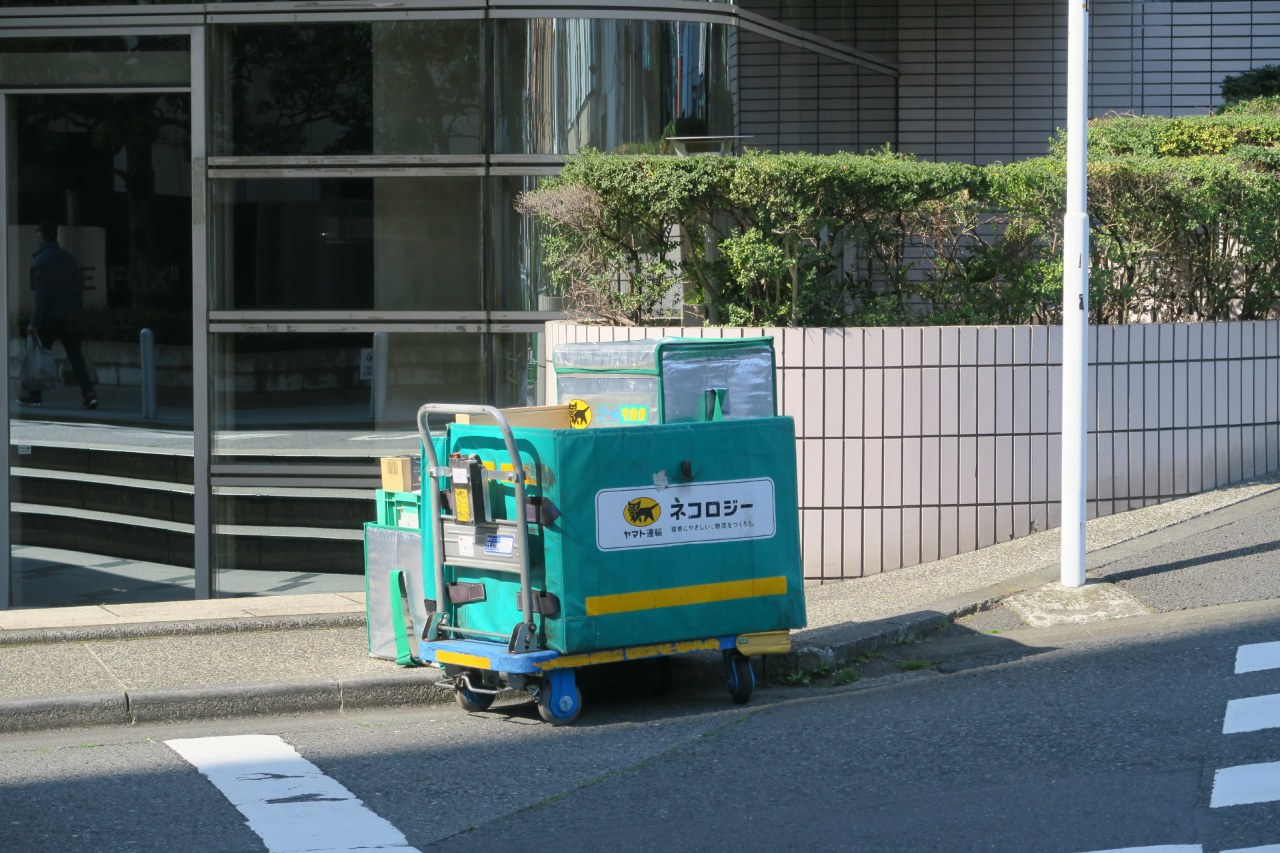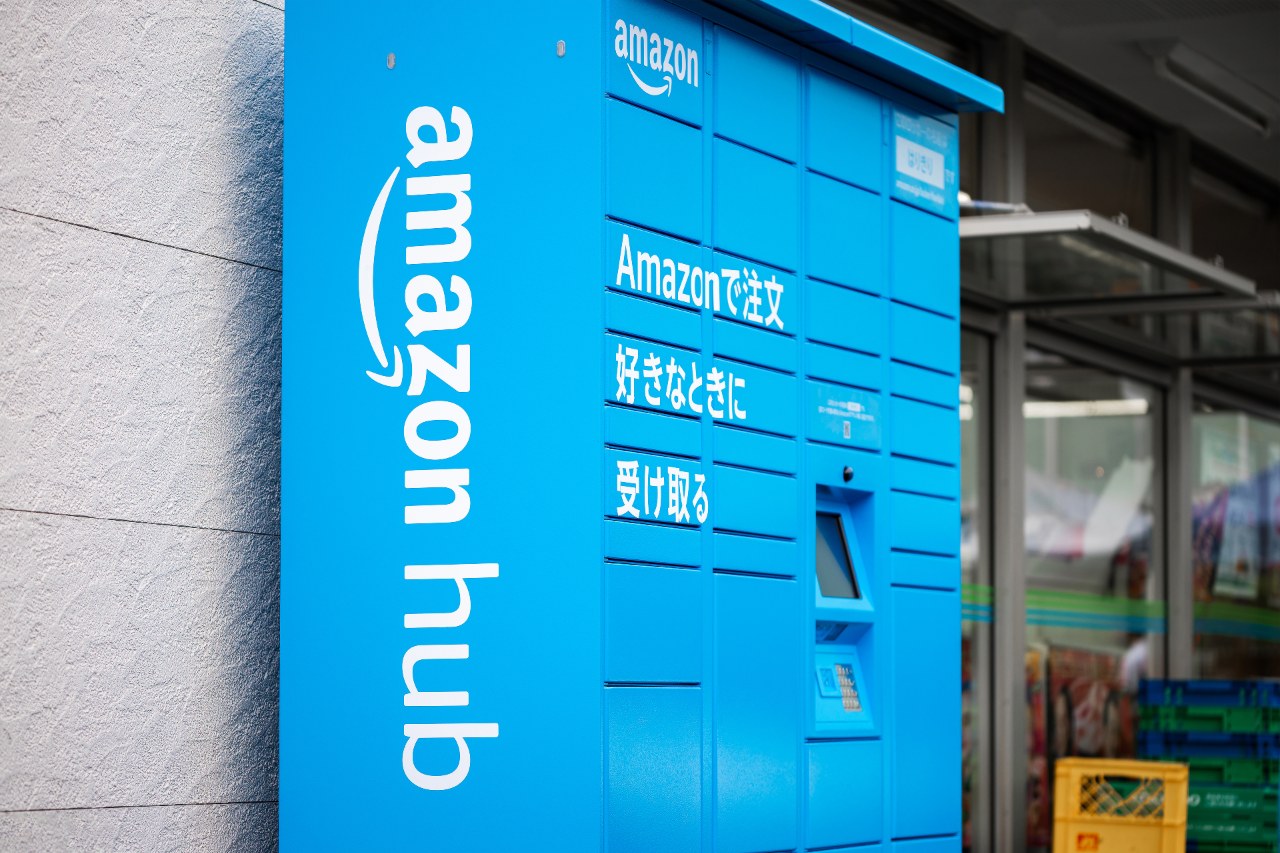Although cross border ecommerce is a profitable option for many sellers expanding their operations in Japan, warehousing, deliveries, and customer service are all areas you need to master too—if you want to find long-term success in the Japanese ecommerce market.
Drawing from on-the-ground experience of our Tokyo office where we’ve helped dozens of US and European brands get started here, we’ve outlined what we think are three of the most important tips for organising your logistics in Japan.
1. Go for Last-Mile Fulfilment

While each step of the delivery journey from sender to customer is crucial, there’s no step more important than the last mile delivery stage, where goods are transported to customers.
The goal of last mile delivery is to transport an item to its recipient in the quickest way possible. And we believe the best way to do this is to set up a hub inside Japan where you store and prepare the bulk of your products for local sales. This means that when customers finalise their purchases online, their items are only travelling domestically and not being shipped internationally.
Even before the pandemic disrupted global supply chains, it could take a considerable amount of time to ship products into Japan from abroad. Now, with major disruptions still ongoing and the potential for shipments to be delayed for many weeks and even months, it is by far the safest choice to find long-term long-term storage solutions for your products in the country.
Third-Party Logistics (3pl/Tpl)
After getting your products to Japan, you’ll need local service to handle the last part of the delivery journey for you. This might involve leveraging the services of Amazon or Rakuten (more on this below), or, choosing from several domestic shipping and delivery companies whose services have evolved to support ecommerce businesses and the growth of online shopping.
The most popular fulfilment partners in Japan include Yamato Transport, Sagawa, and Japan Post — each capable of meeting the delivery demands of your Japanese customers. However, keep in mind that this approach will rely on finding your own in-country warehousing facility and setting up an efficient storage and inventory management system in Japan.
Getting into Ecommerce in Japan? Here’s Everything You Need to Know
2. Leverage FBA Services

If you’re planning on using Amazon, leveraging Amazon’s FBA system is by far the simplest option for planning your logistics in Japan. You will need to pay for the benefits you receive, but we often find that this is good value for money when you’re able to rest assured that your products are getting to where they need to, safely and efficiently.
With this method, Amazon will store your products for you within their own inventory system, ensuring that items are collected, packaged and sent out to the right address when orders are processed.
How Does Amazon FBA Work in Japan?
- Apply for merchant status and register your business
- Send your products to Amazon’s FBA warehouse (in Japan)
- Let Amazon categorise and store your products
- Wait for customers to buy your products
- Amazon ships your product out
- Amazon handles most of the customer service (more on this below!)
- You receive payment
Rakuten Superlogistics
Rakuten Super Logistics functions in a very similar way to Amazon FBA. Merchants can opt for in-country warehousing with Rakuten who will subsequently handle product storage and order fulfilment as well as basic return management.
Learn More About Rakuten Japan
3. Think About Local Needs and Don’t Let Your Customers Down

Local consumers have extremely high expectations when it comes to customer service relations and post-delivery communications. They’ve also become accustomed to fast deliveries, quick response times from customer service emails, proficient Japanese speaking support staff and a great deal of flexibility when it comes to returns and managing their past orders.
Your strategy for logistics in Japan should include everything from having the right staff in place to answer queries and complaints, to building a system to deal with returns and exchanges with minimal hassle. In short, a comprehensive customer services approach is crucial.
To make your life easier, you can take advantage of the Amazon FBA system, offering returns management for online orders and reliable order tracking and management. However, it’s important to understand that these services don’t extend to fielding customer inquiries about your product and brand, or complaints about inaccurate product descriptions or faulty goods.
Establishing a customer strategy early on will help you to build greater trust with your customers as you strive to deliver the same level of Japanese customer service they expect. Good customer service is also a key driver of customer loyalty and avoiding negative feedback that can be incredibly damaging when you’re trying to build your brand credibility.
The Importance of Japanese Language Support
Offering good customer service support in Japan requires you to have native Japanese speakers on your team or to work with a local partner who offers Japanese language capabilities.
In fact, Rakuten actually states in its terms that merchants must be highly proficient in Japanese in order to handle everything from customer support, page maintenance, order and return management, marketing campaigns, and operating the shop’s interface.
Planning On Selling Your Products in Japan? We Can Help!
Final Tips
Below are a few final tips for merchants planning their logistics in Japan.
-
- Japanese customs don’t permit foreign entities to act as the Importer of Record (IOR), so you will need to find a partner in the country to take on this responsibility for you. There are many third parties who offer this service specially to foreign businesses importing products, however, getting a head start on finding them can help you avoid costly delays.
- Be careful when renting your own warehouse space and working with third party fulfilment partners that you’re not taking too much on. Without Japanese language skills, sometimes the simplest things can become overly complicated and reduce operational efficiency.
- Customer “after care” is crucial for encouraging repeat purchases in Japan. This includes everything that happens once a sale has been made, including accurate delivery times, convenient tracking information, and follow-up communications from the brand. We recommend sending out rewards and deals to people that opt-in to email marketing through a strategic post-purchase email campaign.